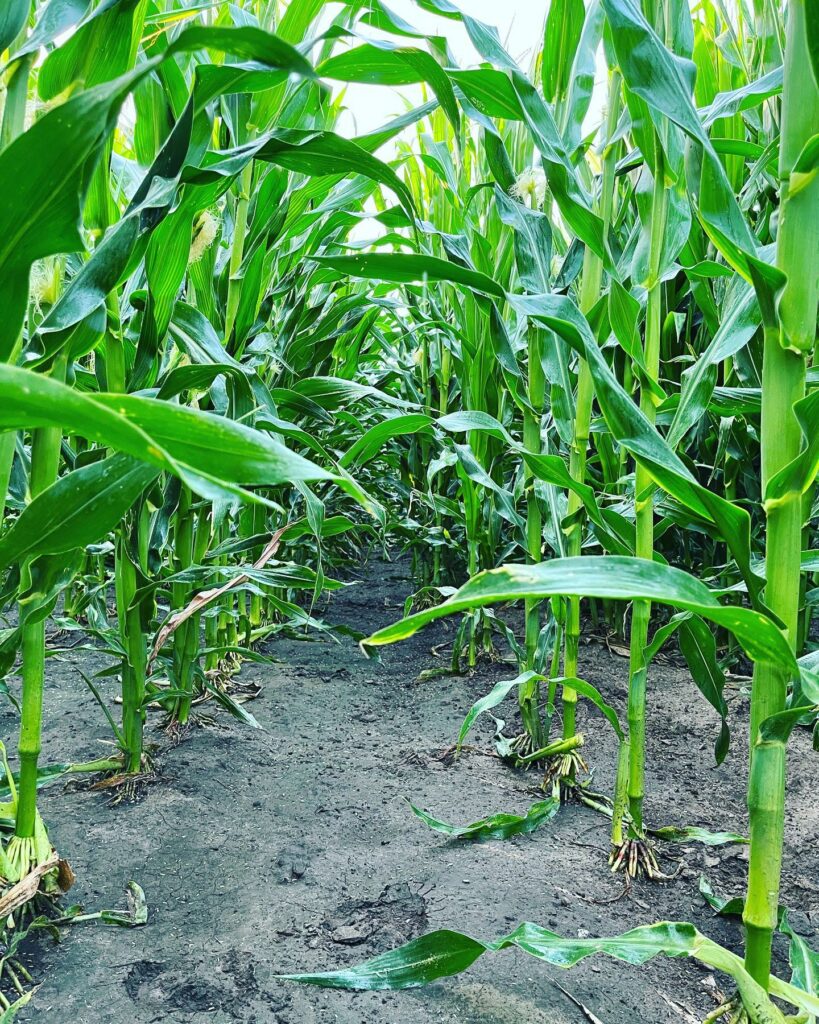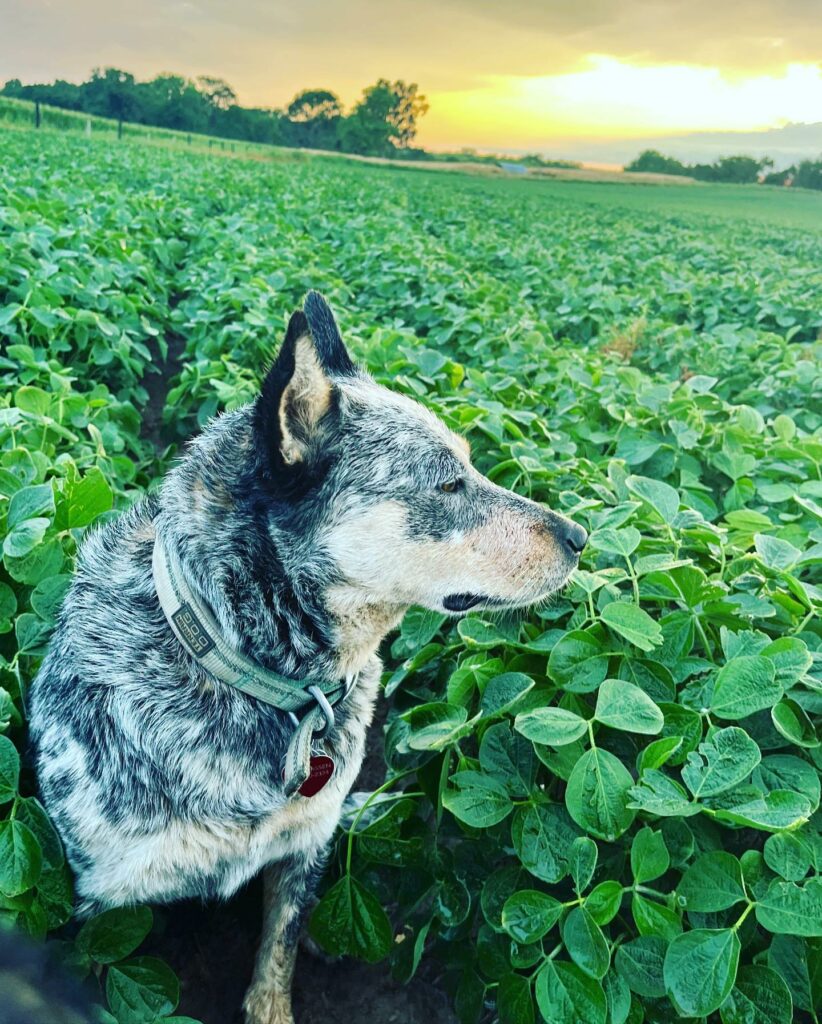By: Jordan Classen


We grow both corn and soybeans on our farm in Central Nebraska. Corn typically needs about 20-25 inches of water during its growing season, and adequate rainfall is crucial during key growth stages like pollination. On the other hand, soybeans require roughly 15-20 inches of water and are more tolerant of dry conditions than corn, but they still need sufficient moisture for optimal yield.
Our Farm
Our farm is located on sandy soils near a river, so years with high rainfall bring benefits such as quick drainage but also pose the risk of rapid drying. This year, we have been fortunate to receive slow, steady rains at times, but we are now experiencing dry conditions late in the season, which can affect the seed fill in the corn and soybeans. Seed fill refers to the final stage of grain development when the kernels or seeds take in nutrients and water to reach their full size and weight. Adequate moisture during this critical period is essential for achieving optimal yields so that these dry conditions could reduce the overall quality and quantity of the harvest.
To monitor the rainfall on our farm, we use wireless rain gauges that use Bluetooth to report directly to our phones. This helps us track rainfall and determine when to turn on irrigation to water our crops. Some farms are dryland, meaning there is no irrigation, and you are at the mercy of Mother Nature with rainfall. The modern technology of Irrigation is helpful because we can water our crops much like sprinklers in a lawn, just on a larger scale. By delivering water directly to the fields, irrigation systems help us maintain consistent soil moisture levels. This technology enables us to ensure that our crops receive the water they need to thrive, leading to healthier plants and more reliable yields. Additionally, irrigation allows us to optimize water usage, reducing waste and conserving resources while supporting our agricultural operations.

Adaptability
At the close of the growing season, post-harvest, we gather all of our final yield data and make necessary adjustments for the future. Dry years pose significant challenges for the farm due to several factors affecting grain grading and profit. For instance, in the case of corn during a dry year, the crop has less seed fill, which equates to lower test weights, lower moisture content, and yield loss due to small kernel size.
In 2023, we dealt with a severe drought and had to consider whether to haul the grain to the elevator or chop the corn for silage. Ultimately, we decided to do both, striking a balance that allowed us to maximize our resources and ensure the best outcome for our operation. Sometimes, flexibility and adaptability are key in farming, and this decision reflected our commitment to making choices that benefit both our crops and our long-term goals.



